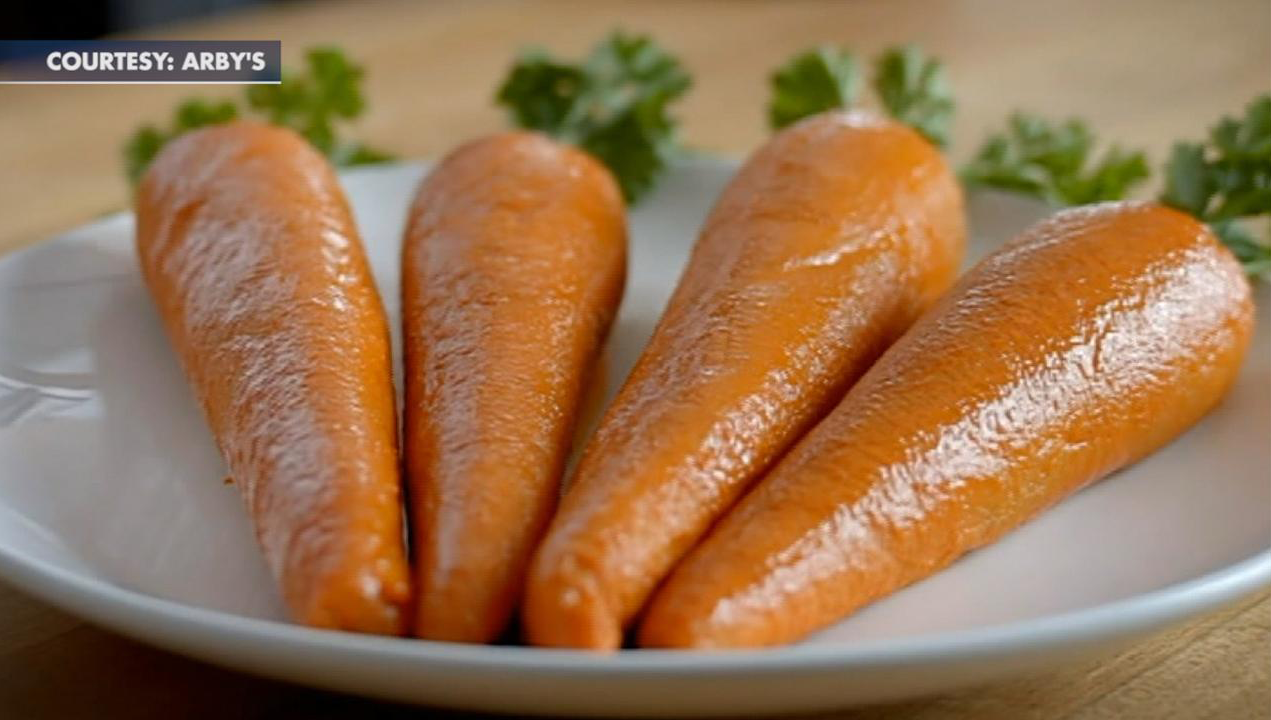Each January for the last few years, I’ve written about the biggest health, fitness and nutrition trends expected during the coming year.
These have been based on analyses of the data available and reports from the American College of Sports Medicine. Inevitably, the trends that actually occur are odder and provoke more head-scratching than I had dared to imagine. So this year I’m playing it safe and just making stuff up – I’ll probably be more accurate this way.
Dom Cadden
WARNING: I do try to keep up with health and fitness news and issues from reliable sources on a very regular basis, so there may be a low-to-high element of truth in some or all of these predictions.
“Cheeky” exercise
One of my pet peeves is the misuse of “cheeky” by fitness buffs, trainers and online fitness influencers. No, you did not have a “cheeky workout” if you got up at 6 a.m. on a Sunday and specifically drove to a beach so you could swim and run, stopping only to adjust your selfie stick and tag your Insta, then push it out on three other social platforms. A cheeky workout would be if you told your sister you’d look after her toddler, but then you put a little vodka in his fruit cup so that you could go out mountain biking for a couple hours, but you never mention it, ever. Until years later when you host a huge family Christmas dinner for 16 people, cooking everything from scratch, including the pavlova and brandy custard, and your sister says, “Would it kill you to make some whipped cream?” Yes, right there, that’s when you tell her. Now that would have been a cheeky workout.
In 2020, we’ll explore the real meaning of cheeky exercise. It’s when you sneak out seven boxes of leftover conference brochures at your workplace and use them to fill up a boxing bag that you pound away at in a place no-one will ever look – the server room. It’s doing a medicine ball (bonus points for slam ball) workout with watermelons, right there in the fresh food aisle of the supermarket half an hour before they close for the night. It’s dressing up to convince your parents that you’re taking the kids to church, when really you’re all packing body armour under your good shirts because you’re actually hitting the BMX track before the teens and stoners get out of bed.
Hell, if this doesn’t happen, I’ll push it myself.
Meat-based plants
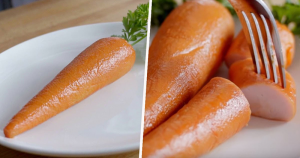
Never underestimate the power of food industry groups. Remember how the World Health Organization declared bacon and other processed meats a Class 1 carcinogen back in 2015? No, probably not, but you will remember that in the years after this, the wonders of bacon were lauded in books, TV shows and movies, and millions of internet memes. So expect a meaty fightback after a couple strong years for the vegan movement and the rise of meat-free alternatives. It’s going to require a novel approach that hones in on catchwords, health-based rhetoric, and the denial and stupidity of its target market. My prediction is ‘meat-based plants’ – meat products with the shape and texture of vegetables and other plants. Think bacon sprouts, chickenpeas and portatoes (pork-based spuds). Then there’s brown beans (basically small beef meatballs), lambslaw, and hale (green ham in the shape of kale), which will go well with eggplant (made with real eggs!). Think it makes no sense? Some people said that about Paleo eating, too. Plus it’s already happening – in June 2019, American fast-food sandwich chain Arby’s hit back at vegans by creating the creating the first-ever meat carrot – the Marrot™.
An unholy alliance – beauty and nutrition supplements
Imagine if the supplement industry and the beauty industry came together for a very noisy and messy one-night stand that somehow lingered into a booty call that then developed into some sort of Arrangement? The result would be collagen protein and associated products (Collagen ‘Coffee’ anyone?) marketed with all the wind of these two behemoths combined, like a tornado that lifts up your money in a whirlwind of hype and funky-coloured packaging, and takes it away, never to be seen again.
A trickle will turn into a stream of similar mongrel abominations washing into the market. Expect to see topical creatine-shea butter blends that you rub into your biceps and abdominal muscles, or branch chain amino acids (BCAAs) that come in a serum with aloe vera, formaldehyde and coal tar so that you can rub it straight into your scalp for “better bioavailability”.
Pre-workout coaches
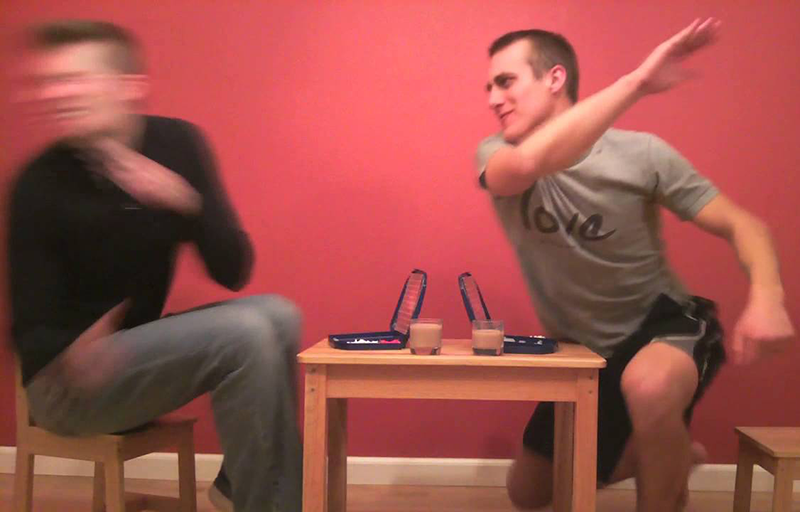
Pre-workout mixes have been a hit with the same generation that needed pre-drink drinks and ecstasy before going out to socialise. While there should be concerns about the oversupply of stimulants (some of which get drug-tested athletes into big trouble) and undersupply of actual intrinsic motivation to exercise, the driver for the market will simply be the desire to get a better bang for their buck without actually smoking ice before training.
Enter “pre-workout” coaches. If consumers want a real slap in the face before they exercise, then the market will provide.
Pre-workout coaches will stand in the foyer of gyms or even visit your workplace at quitting time, where they will, after brief disclaimer has been signed, slap your cheeks, flick you ears, whack you on the back so hard that your lungs bounce off your ribs. They will finish by yelling a crude motivational phrase within licking distance of your face. (Let’s hope “C’MON! You’re training like a f*#!ing WOMAN” doesn’t make a return – a motivator that has disturbed me since I first heard it in a popular North Sydney gym many years ago). This was actually common practice when I competed in powerlifting, so I can attest that it does indeed work.
The price will be modest – in line with the per-dose cost of many popular pre-workout drinks and mixes – but the effect will be more pronounced and come with greater expectation. After all, it’s no big deal to see a guy slurping a pre-workout drink and then spend 60% of his workout time sitting on a bench fiddling with his phone. But if you see a man or woman PAY a pre-workout coach to slap him around until the capillaries of their face flush with blood, you expect them to rip shit up.
Half Life clubs
Well hello, there’s a new group exercise system in town. It’s called Half Life, which is a double play on words. It’s designed for the person who wants to be half fit, half strong and half flexible in half the time with half the effort, and will be ultimately satisfied if their class attendance and results are anywhere near half what they expected. There will be frequent breaks in the music so that people can spend half the time talking. Half Life also refers to how long devotees survive decay.
Half Life classes will take the bold (but not altogether uncommon) approach of harking back to the exercise methods from simpler times, conveniently ignoring decades of exercise science. Think vibration belts, jumping up and down on concrete, and wearing three pullovers while you train (communal pullovers will be provided at the Half Life centre).
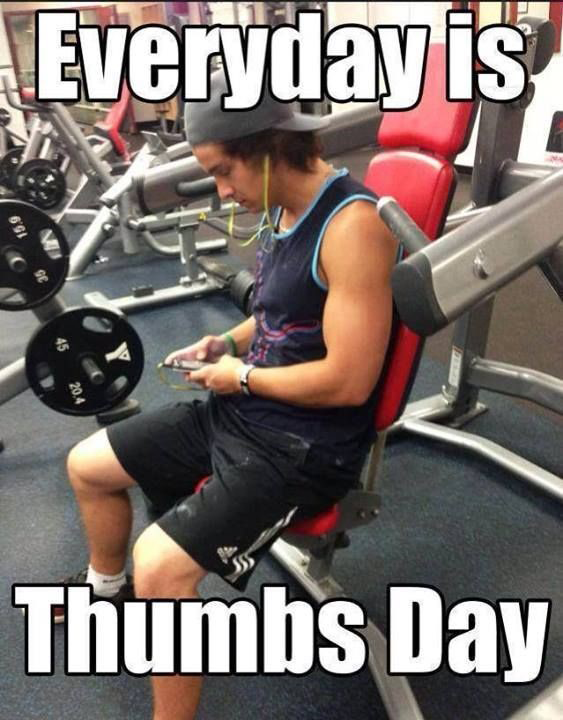
Phone-free gyms
A study, published in Computers in Human Behavior (2016), found that people who texted during a 20-minute workout spent almost 10 of those minutes in a low-intensity zone, and only seven minutes in high intensity. Those who worked out without a phone spent only 3 minutes in low intensity, and almost 13 minutes in high intensity.
“Anything that distracts you from the task at hand, whether it’s texting or switching songs or entering info into an app, is going to take away from your performance and could potentially put you at risk for injury,” says Michael Rebold, assistant professor of integrative exercise science at Hiram College (USA), where he leads studies on exercise and mobile phone use.
This will not be the reason that even some popular gym chains try the bold step of banning mobile phones from workout areas. No, the driver for this will be confrontations between phone-users and non-phone users that result in a phone being shoved so far down someone’s throat that they need to reach over the prostate to order an Uber to get home. (Sorry, but I really needed to use the texting rack to do squats).
Nootropics everywhere
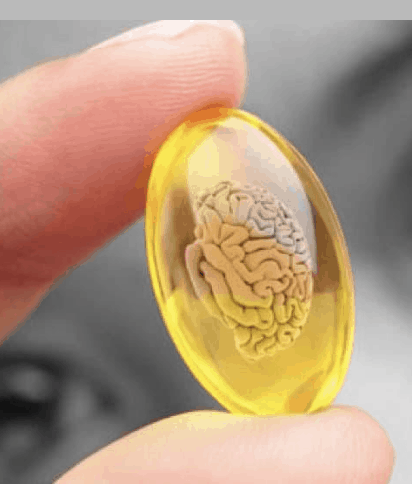
Isn’t it amazing that as we’ve gained greater access to information through more and more channels, the forces greater than us as individuals – world leaders, governments, big brands, media organisations, and so on – are increasingly audacious with the hogwash they try to blind us with. Which brings me to vitamins, minerals and supplements, an industry that has a bad habit of undermining its own credibility.
There are many vitamins and minerals that have peer-reviewed research to support that they do or may have some benefits for a limited number of specific issues. Yet when brands make claims for a supplement outside these areas – fish oil will make your child smarter, vitamin C will help with bowel cancer, vitamin D will give you stronger erections – the whole industry takes a hit to the integrity. Do they learn? Often not – they just move on to the next big thing.
That thing is nootropics, a word that even sounds like it’s a brand name made up to trick kids into eating fruit. Nootropics are instead supplements and other substances that may improve cognitive function, particularly executive functions, memory, creativity, or motivation, in people who are not actually ill. Expect common, old school vitamins and minerals that have been studied for several decades to suddenly come with carefully worded nootropic claims. “Zinc may make Excel spreadsheets easier to understand,” or “In some studies, Magnesium Chelate led to improved understanding foreign accents,” and “When taken as directed, these multivitamins may benefit people who forgot that thing they were trying to remember yesterday, or the day before”.
Intermittent eating
This term was popularised through a 2019 ad campaign for Lite ‘n’ Easy, a weight loss meal company. “Intermittent eating” is what many of us (who, ironically, would never have a need to use Lite ‘n’ Easy products) would commonly refer to as “meals”, or “not stuffing our face all the time”. It’s a wild concept in a time of protein shakes, energy or snack bars and plans based on eating five or six times a day or, conversely, periods of fasting followed by binge eating like you were just rescued from a desert island. Imagine that – eating when you’re hungry, probably about three times a day, in a controlled manner with foods that regularly feature a fairly consistent balance of macronutrients and fibre. It’s hard to believe it could catch on.
Insect protein
Special effects will help David Carradine posthumously revive his role in the TV classic Kung Fu to promote insect protein. The protein, made from commercially-raised crickets, will go by the consumer-friendly brand name ‘Grasshopper’. The Kung Fu catchphrase, “You have much to learn – Grasshopper” will be twisted to help educate and entice a wider public acceptance of this alternate protein source. The immense uptake of the product will suddenly stall when a panic wave floods social media with outrage after claims that the crickets are killed with strong insecticides, which are then ingested by consumers, causing untreatable delayed neuropathy (pain or numbness to one or more parts of the body). Licensed distributors will, of course, agree on a response to console the public, assuring consumers that each cricket is humanely garrotted.

Exercise is Medicine®
Exercise is Medicine® (EIM) is, in fact, a global health initiative that focuses on encouraging doctors and other healthcare providers to include physical activity assessment and associated treatment recommendations as part of every patient visit. As the initiative becomes widespread, however, it will be hit by all the same issues as prescription medicines. Some people will overdose on exercise, even doing burpees during nap-time at the childcare centre where they work. Others will, against all warnings, mix their prescribed exercise with prescription painkillers and literally run through walls. Kids who actually need exercise will sell their exercise programs to other kids at school, while busy mothers will trick their kids’ doctor into prescribing more exercise, which the mum then squirrels away for herself so she can have a little “extra energy”.
Then there will be the deniers who will treat all exercise with suspicion, shunning any excess movement and flood social media with conspiracy theories. They will claim that exercise is all a ruse dreamed up by chiropractors, and sweat endangers entire ecosystems through an excess of salt, bacteria and overly-aggressive grunts of “C’mon!” This will be cause for great consternation to trainers, physical therapists and exercise physiologists, who will require a conference of Caligula-level extravagance at an exotic venue to discuss these matters.
Gin Yoga
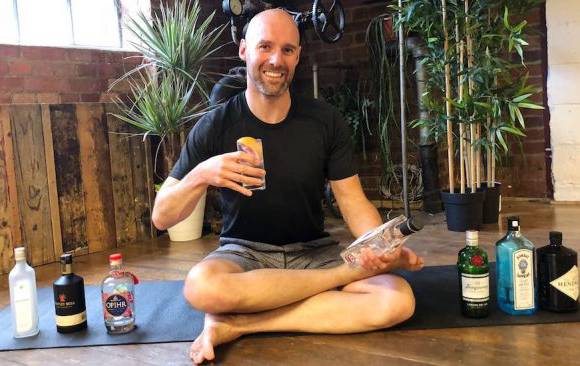
Yoga always makes the list of upcoming fitness trends each year, it’s just the style that changes. Hot yoga, naked yoga, yoga with alpacas, hot naked yoga with alpacas – and that last one was enough to drive many to drink (to forget?). So this year there is Gin Yoga. Yep, it turns out that ‘mother’s ruin’ is yoga’s gain – you can’t make this stuff up. The idea is that gin (yoga studios will probably prefer to use the more earthy term “juniper juice”) is the perfect tonic to help loosen and lengthen the muscles and therefore allows you to relax into each pose better. It also helps that it has a disinhibition effect so class attendees don’t focus too much on how silly they look or how much but sweat is showing. And don’t worry about that woman in the corner who never got out of corpse pose – she’s just sleeping it off.
Percussive therapy
This is a form of massage that uses concentrated, rapid pulses to penetrate deep into your muscle tissue. It is reported to help ease pain, increase muscle range of motion and boost your performance. Like many physical therapies, as more people jump on the percussion bandwagon, the more wide-open it becomes to interpretation and alternative twists. Some of these will be very loose and focus more on the ‘percussion’ element. Cowboy practitioners will whack the length of clients’ spines like they’re a human xylophone. Others will use fiddlesticks where the sun don’t shine. The ‘tambourine’ treatment on the gluteal area will be either a hit or miss with customers, with a select clientele going so far as to favour the ‘bongo drum’ or even the ‘gong’ treatment. You don’t even want to know where they put that metal triangle.
CBD-infused everything
Cannabidiol (CBD, a non-psychoactive component of cannabis) has been making big waves in the wellness and medical fields. However, in countries such as Australia, strict regulations on CBD mean that the only legal way to access it in a strength that has any therapeutic benefit at all is to go to a doctor, who then needs to make a special application to the government on your behalf. This will not stop about 10,000 products coming up for sale at a strength that has no real use (although I can’t vouch for the skincare claims of products with less than 0.02% CBD – but Healthline has a summary of study findings).
However, CBD will be the champion of the cause to legalise marijuana. People will support it as a rebel action – kind of like wearing a Che Guevara shirt on the way to the weekend seminar on how to increase your property portfolio.
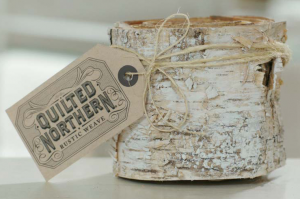
ARtisanal toilet paper
No annual list of health and fitness trends would be complete without a comeback or a return to the old ways – but rarely does it involve personal hygiene. So pucker up for the ‘tree-to-toilet experience’. When you think about cutting excess energy use and over-processing, you know it makes sense. And goodbye crack-wax, because this toilet paper is a 2-for-1 deal.


